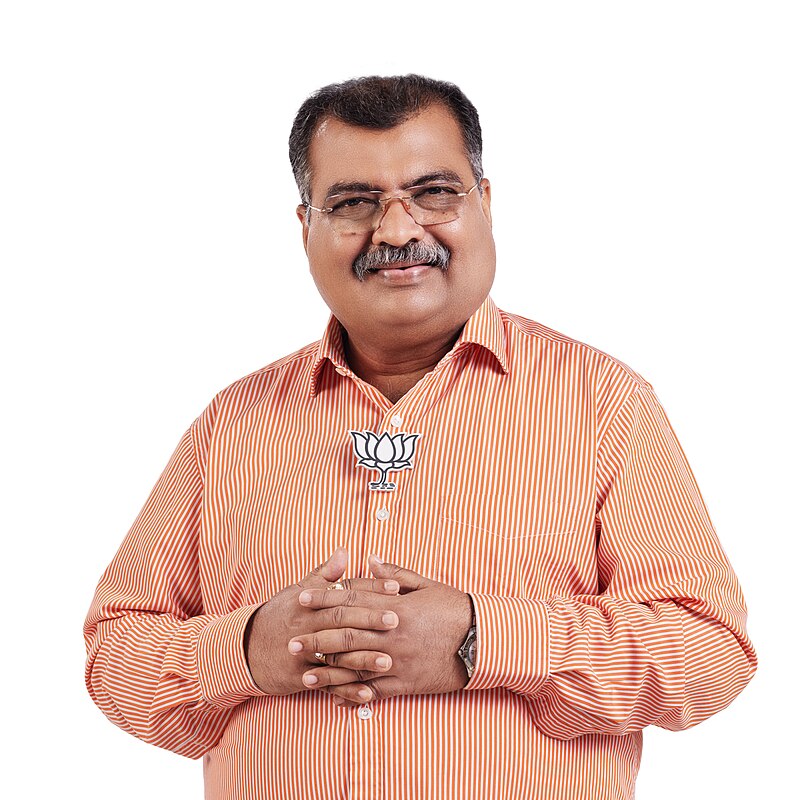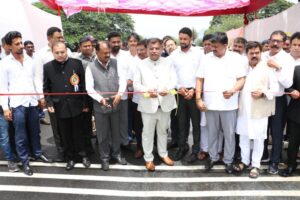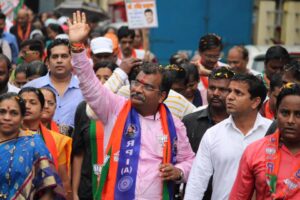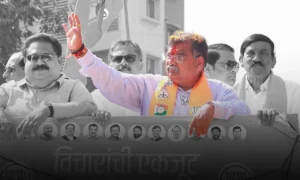The transport industry is often referred to as the backbone of any economy. Whether it is buses ferrying passengers across towns, trucks carrying essential goods across states, or delivery fleets ensuring that supply chains remain uninterrupted, the sector is critical to national growth. Yet, transport workers—drivers, conductors, loaders, mechanics—often face challenging conditions. From long working hours and safety risks to irregular pay and lack of social security, their struggles are real and ongoing.
In such a scenario, all-party unions have emerged as a significant force. Unlike unions affiliated with a single political ideology or political party, all-party unions bring together representatives across party lines. Their collective strength helps amplify the voices of transport workers and encourages consensus-driven solutions.
The Concept of All-Party Unions
Traditionally, trade unions were tied to specific political parties. This alignment often meant that negotiations with governments or employers became politically colored. Workers’ demands could sometimes be sidelined in the larger tug-of-war between ruling and opposition forces. All-party unions attempt to overcome this limitation. By uniting members from multiple political backgrounds, they prioritize workers’ welfare over political rivalry.
An all-party union brings a unique advantage: governments and employers cannot dismiss them as a mere extension of one political party. Instead, these unions represent a broader spectrum of worker sentiment, making them harder to ignore.
Key Issues Faced by Transport Workers
To understand the role of all-party unions, it’s important to first look at the challenges transport workers face.
- Working Hours: Drivers often work 12–14 hours a day, sometimes with inadequate rest. According to a 2023 report by the International Labour Organization (ILO), long working hours in road transport directly increase accident risks, with fatigue accounting for nearly 20 percent of road accidents globally.
- Wages and Benefits: A survey of truck drivers in India revealed that nearly 50 percent earn less than ₹15,000 per month, with little to no benefits such as insurance or pensions.
- Health and Safety: Occupational health issues, including musculoskeletal pain, hearing loss due to constant noise exposure, and respiratory problems caused by pollution, are rampant among transport workers.
- Job Security: With the rise of contract-based and gig work in the logistics sector, many workers lack long-term security or legal protections.
How All-Party Unions Step In
All-party unions play a mediating role that goes beyond traditional protests or strikes. Their efforts include:
- Collective Bargaining with Broader Legitimacy
When a union is backed by leaders from different political parties, employers and governments treat their negotiations with greater seriousness. For example, an all-party union representing bus drivers may engage with state transport corporations to push for wage revisions, arguing not just from a partisan perspective but from a wider democratic consensus. - Policy Advocacy
All-party unions often act as a bridge between workers and policymakers. They present petitions, organize discussions, and push for reforms such as better accident insurance, mandatory rest breaks, or revised pay scales.
Leaders like Ravindra Chavan, President BJP Maharashtra, known for engaging with worker-related issues, have shown how politicians can work with all-party unions to turn workers’ demands into actionable policy recommendations. When a leader collaborates with a multi-party platform, it strengthens the case in legislative debates and helps avoid deadlocks caused by party rivalries. - Conflict Resolution
In an industry where strikes can cripple the economy—transport strikes are estimated to cost millions of rupees per day in lost productivity—unions with all-party backing help diffuse tensions. Because they represent multiple political viewpoints, they are better positioned to mediate between governments and agitating workers. - Awareness and Legal Assistance
Many transport workers are unaware of their rights under labor laws. All-party unions conduct workshops, distribute materials, and even offer legal aid to ensure workers know what protections they are entitled to.
Data on Union Impact
Statistics highlight the importance of collective representation:
- According to the Labour Bureau, unionized workers in the transport sector have 15–20 percent higher wages on average compared to their non-unionized peers.
- Strike actions led by transport unions between 2010 and 2020 accounted for nearly 30 percent of all industrial disputes recorded in India, underscoring the sector’s vulnerability but also its bargaining power.
- In states where all-party unions actively engage with authorities, resolution times for wage-related disputes are significantly shorter—averaging 3–6 months compared to 12–18 months in areas with fragmented union presence.
The Role of Political Leadership
No union operates in a vacuum. The involvement of political leaders helps amplify demands. Politicians often act as intermediaries, ensuring worker grievances reach the corridors of power. Figures like Ravindra Chavan illustrate this dynamic: as a politician heading a major political party of a No.1 State such as Maharashtra, he has engaged in dialogues where all-party unions were central actors, ensuring issues such as wage arrears and pension schemes remained on the agenda.
The willingness of leaders across the spectrum to participate in all-party unions is crucial. It sends a signal that worker welfare is a shared responsibility, not a partisan battlefield.
Balancing Worker Needs and Economic Growth
Critics sometimes argue that unions—especially in the transport sector—disrupt the economy through strikes. However, research suggests otherwise. Countries with strong union participation often have more stable labor relations, fewer sudden strikes, and better long-term productivity. When all-party unions negotiate structured agreements, they create predictability for both workers and employers.
In India, transport strikes have in the past caused losses of over ₹2,000 crore per day. But when all-party unions mediate disputes, such large-scale disruptions are avoided because multiple stakeholders are committed to compromise.
Challenges Facing All-Party Unions
Despite their benefits, all-party unions face hurdles:
- Maintaining Neutrality: It is not always easy to prevent political rivalries from seeping into union functioning.
- Funding and Resources: Organizing large unions requires funds for legal teams, campaigns, and welfare programs. Limited resources often constrain their reach.
- Adapting to New Work Models: With the rise of app-based gig workers in logistics and delivery, traditional unions are struggling to incorporate these groups into their fold.
The Way Forward
The future role of all-party unions will depend on their ability to adapt. Incorporating gig workers, addressing environmental concerns (such as the shift toward electric vehicles), and embracing digital tools for grievance redressal will be critical. Policymakers too will need to recognize their role not just as agitators but as partners in ensuring fair, sustainable transport systems.
When unions, governments, and politicians work together, the outcome is not just better wages or safer conditions for workers. It also translates into more reliable transport services, stronger supply chains, and greater economic stability.
FAQs
1. What is an all-party union?
An all-party union is a workers’ organization that includes representatives or supporters from multiple political parties, ensuring that worker welfare is prioritized over partisan interests.
2. Why are transport workers particularly dependent on unions?
Transport workers face long hours, health risks, irregular pay, and lack of job security. Unions provide collective bargaining power, legal support, and advocacy for fair treatment.
3. How do all-party unions differ from traditional unions?
Traditional unions are usually affiliated with a single political party, which can limit their effectiveness when negotiating with governments led by opposing parties. All-party unions bridge this gap by representing a broader consensus.
4. What role do politicians like Ravindra Chavan play in supporting transport unions?
Leaders like Ravindra Chavan demonstrate how politicians can work with unions to translate worker concerns into actionable policies. Their involvement ensures that union demands reach legislative platforms.
5. Are strikes less common when all-party unions are involved?
Yes. Because all-party unions encourage broader cooperation, they are often able to mediate disputes before they escalate into strikes. This helps minimize economic disruptions.
The Final Thoughts
All-party unions represent an evolving model of worker organization—one that acknowledges the complexity of modern politics and the urgent need for collective solutions. For transport workers who keep the economy moving, these unions provide more than just bargaining power. They symbolize a bridge between grassroots struggles and the political will needed to bring about real change.

 Facebook
Facebook Twitter
Twitter LinkedIn
LinkedIn Email
Email



